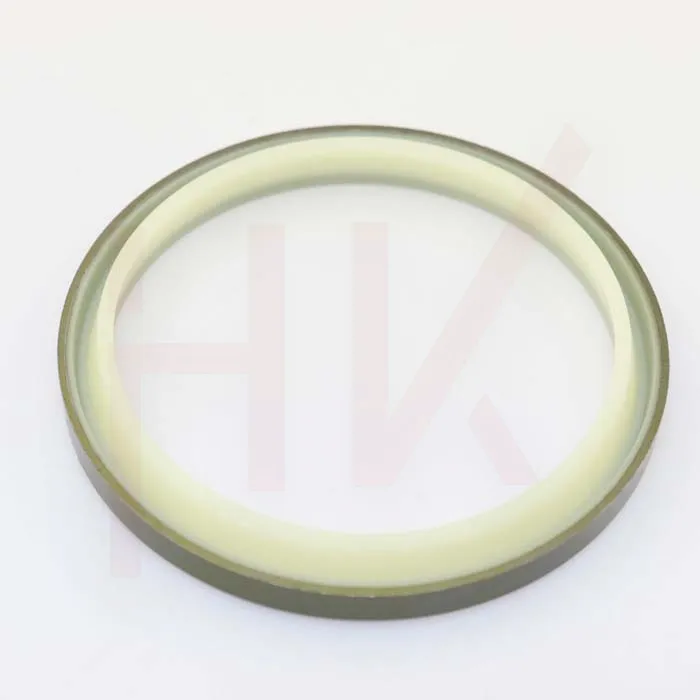Nov . 10, 2024 04:00 Back to list
Hydraulic Motor Seal Kit Replacement and Maintenance Guide for Optimal Performance
Understanding Hydraulic Motor Seal Kits
Hydraulic motors are pivotal components in various industrial applications, converting hydraulic energy into mechanical energy with remarkable efficiency. One crucial aspect that ensures the longevity and performance of hydraulic motors is the seal kit. A hydraulic motor seal kit comprises various seals and O-rings designed to prevent fluid leakage, protect internal components, and maintain optimal operating conditions. In this article, we will explore the significance, components, and selection criteria of hydraulic motor seal kits.
Importance of Hydraulic Motor Seal Kits
The primary function of seal kits is to create a tight barrier that prevents hydraulic fluid from escaping the system. Leaks not only lead to performance inefficiencies but also increase operational costs and pose safety risks. A well-functioning seal kit minimizes maintenance needs and extends the lifespan of the hydraulic motor, thereby ensuring consistent production and reducing downtime. Additionally, seals help to keep contaminants out of the hydraulic system, which is critical for maintaining fluid integrity and preventing damage to internal components.
Components of a Seal Kit
A typical hydraulic motor seal kit includes various types of seals and O-rings, each designed for specific functional requirements
1. O-Rings These circular rings are perhaps the most well-known type of seal. They are used to create a seal between two components. O-rings are made from different materials, including nitrile, Viton, and silicone, depending on the application and the type of hydraulic fluid.
2. Rod Seals These seals are installed where the rod exits the cylinder, preventing fluid from leaking out while allowing the rod to move freely. Rod seals are crucial for maintaining pressure within the hydraulic system.
3. Piston Seals Found within the hydraulic chamber, piston seals are responsible for sealing the fluid on both sides of the piston. This ensures that the hydraulic force is transmitted effectively.
4. Back-up Rings Used in conjunction with O-rings, these rings provide additional support to prevent extrusion and prolong the life of O-rings, especially under high-pressure conditions.
hydraulic motor seal kit

5. Wiper Seals Wipers are essential for preventing dirt and debris from entering the hydraulic system. They work by scraping off contaminants from the rod as it retracts.
Selecting the Right Seal Kit
Choosing the correct hydraulic motor seal kit is critical for optimal performance. Here are some key factors to consider
1. Material Compatibility The seals must be compatible with the type of hydraulic fluid used in the system. Consideration should also be given to the temperature and pressure conditions, as different materials have varying resistance to heat and pressure.
2. Dimension Specifications Accurate measurements of the motor components are essential to ensure the selected seals fit perfectly. A poor fit can lead to leaks and decreased efficiency.
3. Manufacturer Standards Always opt for seal kits from reputable manufacturers who follow strict quality control measures. Genuine parts are typically more reliable and have longer lifespans compared to generic options.
4. Application Environment Consider the specific conditions under which the hydraulic motor operates. Factors like exposure to chemicals, temperature extremes, and potential for abrasion should influence your choice of seal materials.
5. Cost-Effectiveness While it might be tempting to choose lower-cost options, investing in high-quality seals can save money in the long run by reducing maintenance and the risk of equipment failure.
Conclusion
In summary, hydraulic motor seal kits play an essential role in the operation and longevity of hydraulic systems. By preventing leaks and protecting components from contaminants, these kits ensure efficient performance of hydraulic motors. When selecting a seal kit, careful consideration of material compatibility, dimensions, manufacturer reputation, application environment, and cost will lead to the best results. Investing in the right seal kit not only improves operational efficiency but also contributes to the overall productivity and safety of industrial applications.
-
Wiper Oil Seal: Our Commitment to Clean Hydraulics
NewsAug.13,2025
-
Hydraulic Oil Seal for Self Discharging Cars
NewsAug.13,2025
-
Hub Oil Seal for Agricultural Tractor Hubs
NewsAug.13,2025
-
Skeleton Oil Seal with NBR Material
NewsAug.13,2025
-
Rotary Lip Seal for High Pressure Applications
NewsAug.13,2025
-
Cylinder Seal Kits Our Legacy of Hydraulic Trust
NewsAug.13,2025
-
Unlocking the Potential of Hydraulic Systems with Essential Sealing Solutions
NewsAug.06,2025
Products categories
















